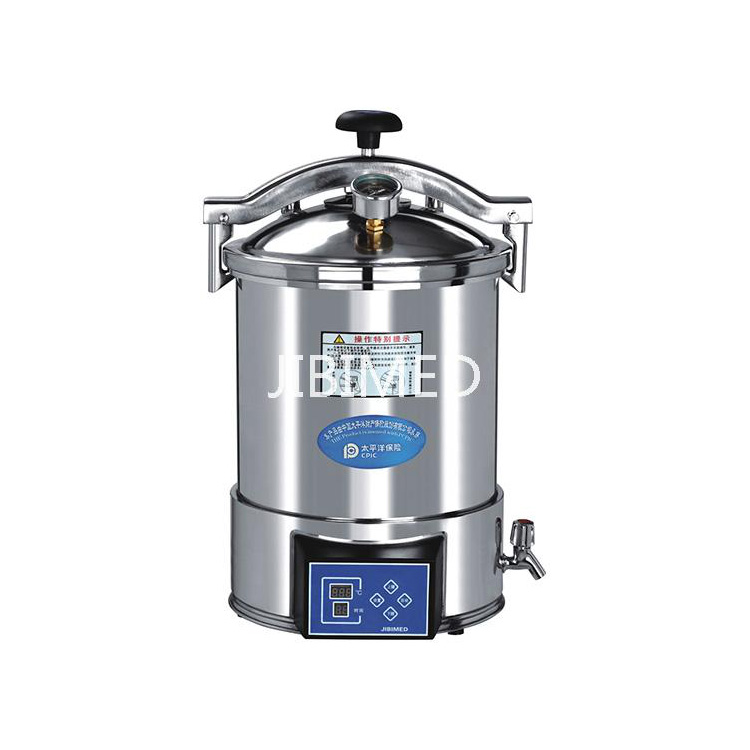What is the difference between chemical sterilization and the steam autoclave?
2023-10-16
The main difference between chemical sterilization and steam autoclave sterilization lies in the method used to achieve sterilization and the types of items they are suitable for. Here are the key distinctions:
1. Method of Sterilization:
Steam Autoclave: Steam autoclave sterilization relies on high-pressure steam and heat to kill microorganisms. The combination of steam and pressure effectively denatures proteins, disrupts cellular structures, and destroys genetic material, ensuring sterilization.
Chemical Sterilization: Chemical sterilization methods utilize liquid or gas chemicals to achieve sterilization. Chemical agents such as glutaraldehyde, peracetic acid, or chlorine dioxide are used to kill microorganisms by disrupting their cellular structures or interfering with essential metabolic processes.
2. Sterilization Mechanism:
Steam Autoclave: The heat and pressure generated by the steam autoclave directly kill microorganisms by denaturing their proteins and destroying their cellular structures. Steam autoclaves are effective against a wide range of microorganisms, including bacteria, viruses, fungi, and spores.
Chemical Sterilization: Chemical agents used in sterilization work by various mechanisms, such as disrupting the integrity of cell membranes, interfering with enzymatic activity, or damaging DNA or RNA. The chemical agents penetrate the microorganisms and effectively kill them.
3. Applicability and Compatibility:
Steam Autoclave: Steam autoclave sterilization is suitable for a wide range of heat-resistant items, such as surgical instruments, glassware, metal objects, and laboratory equipment. However, it may not be suitable for items sensitive to heat or moisture, such as plastics, oils, electronic components, or certain delicate instruments.
Chemical Sterilization: Chemical sterilization methods can be used for a broader range of items, including heat-sensitive and moisture-sensitive materials. They are often used for items such as endoscopes, respiratory equipment, electronic devices, plastics, and certain types of medical instruments.
4. Time and Process:
Steam Autoclave: The sterilization process in a steam autoclave typically involves a combination of exposure to high-pressure steam and elevated temperature for a specific period. The duration depends on factors such as the load, the desired level of sterilization, and the specific requirements of the items being sterilized.
Chemical Sterilization: Chemical sterilization methods may require a longer processing time compared to steam autoclaves. The items are immersed in or exposed to the sterilizing chemical solution or gas for a specific duration, following the recommended guidelines for concentration and exposure time.
It's important to note that both steam autoclave sterilization and chemical sterilization have their advantages and limitations. The choice between the two methods depends on factors such as the nature of the items being sterilized, their compatibility with heat or chemical exposure, the desired level of sterilization, and specific regulatory requirements or guidelines in the respective industries.



